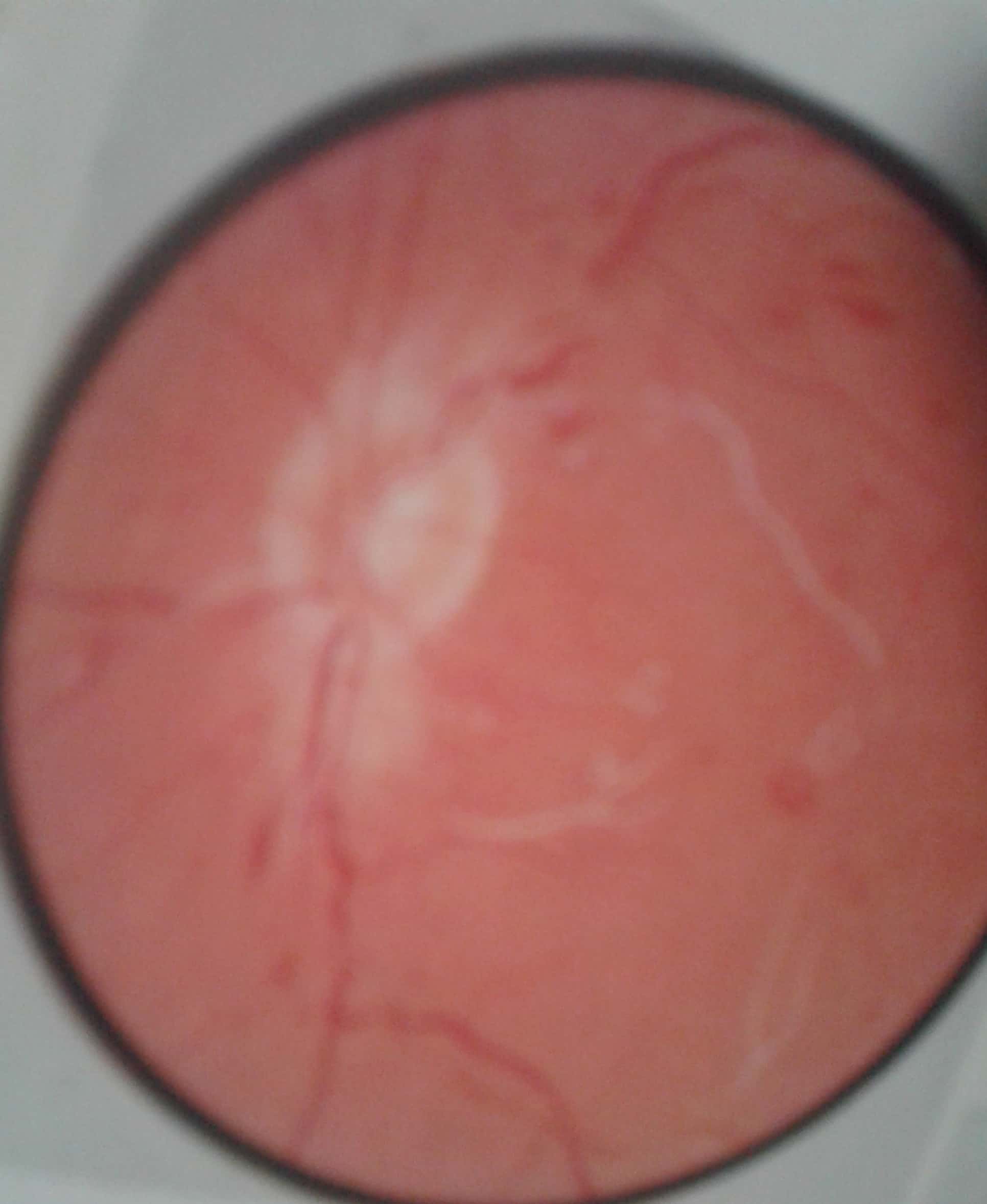TUMOURS OF THE RETINA(Diseases of the eye)
_1.jpg)
Retinoblastoms used to be commonly known as "glioma" retinae; malignant prolferations of neuroglia such as occur in the brain and optic nerve, are very rare in the eetina. The usual malignant growth of the retina is due to proliferation of neural cells which have failed to evolve normally, and is better termed retinoblastoma.
The tumour isconfiued to infants and is probably always congenital, although it may remain quiescent or pass unnoticed until the fifty or sixth year or even later. The disease is rare; the second via the chiasma, in about one fourth of the cases, but frequently the growth cannot be recognized even on careful examination until after months or even years. Several children of the same family are sometimes affected.
The child is brought to the surgeon on account of a peculiar yellow reflex from the pupil, sometimes called "amaurotic cat's eye". If left untreated retinoblastoma runs through the same stages as sarcoma of the choroid--(1) the quiescent stage, lasting from six months to a year ; (2)the glaucomatous stage; (3)the stage of extra-ocular extension ; (4)the stage of metastasis. The second stage results in enlargement of the globe, with apparent or real proptosis. Pain is severe during this stage, but is relived when the tumour bursts through the selera, an event which usually occurs at the limbus and is followed by rapid fungation. Metastasis first occurs in the pre-auricular and neighbouring lymph nodes,later in the cranial and other bones. Direct extension by continuity to the optic nerve (which is early affected) and brain is more common , and metastases in other organs, usually the liver, are relatively rare.
The growth consists chiefly of small round cells with large nuclei resembling the cells of the nuclear layers of the retina; many of these stain badly , showing that they are undergoing necrosis . Among them may be found rosette-like formation of cells resembling the rods and cones.
_3.jpg)
Retinoblastoma is invariably multiple. When noticed very early, as may occur in the second eye , a larger mass is seen surrounded by numerous punctate satellites. Microscopically, minute deposits are seen scattered in various situations throughout the globe. It may grow principally outwards, separating the retina from the choroid or inwards the vitreous between the two ther is no fundamental distinction, but the ophthalmoscopic appearances differ. In the former the condition resembles a mere detachment of retina; in the latter polypoid masses, sometimes with haemorrhages on the surface, may be seen spreading into the vitreous.
Several conditions occurring in children may give rise to similar similar gigns conditions occurring in children may give rise to similar signs, and cause great difficults in children may give rise to similar andcause great difficulty in diagnoais.These have been grouped together under the The chief are (1) infiammatory deposits in the vitreous , with or without detachment of the retina following a plastic cyclitis or choroiditis ;(2) tuberculosis of the choroid, especially the confiuent type ; (3) toxocara infestation ; (4)congenital defects, due to persistence (5) retrolental fibroplasia. in all cases atropin should be instilled and both eyes should be thoroughly examined ophthalmoscopically, under general anaesthesia if necessary. The tension may then be satisfactorily tested and may afford useful information which cannot be obtained without an anaesthetic. Raised tension is in favour of retinoblastoma, lowered, of pseudo-glioma. Even when every precaution is taken in some cases it is impossible to be certain of the diagnosis ; considering that the life of the patient is at stake and that the eye is in any case useless as an organ of sight, these should be treated as malignant.
